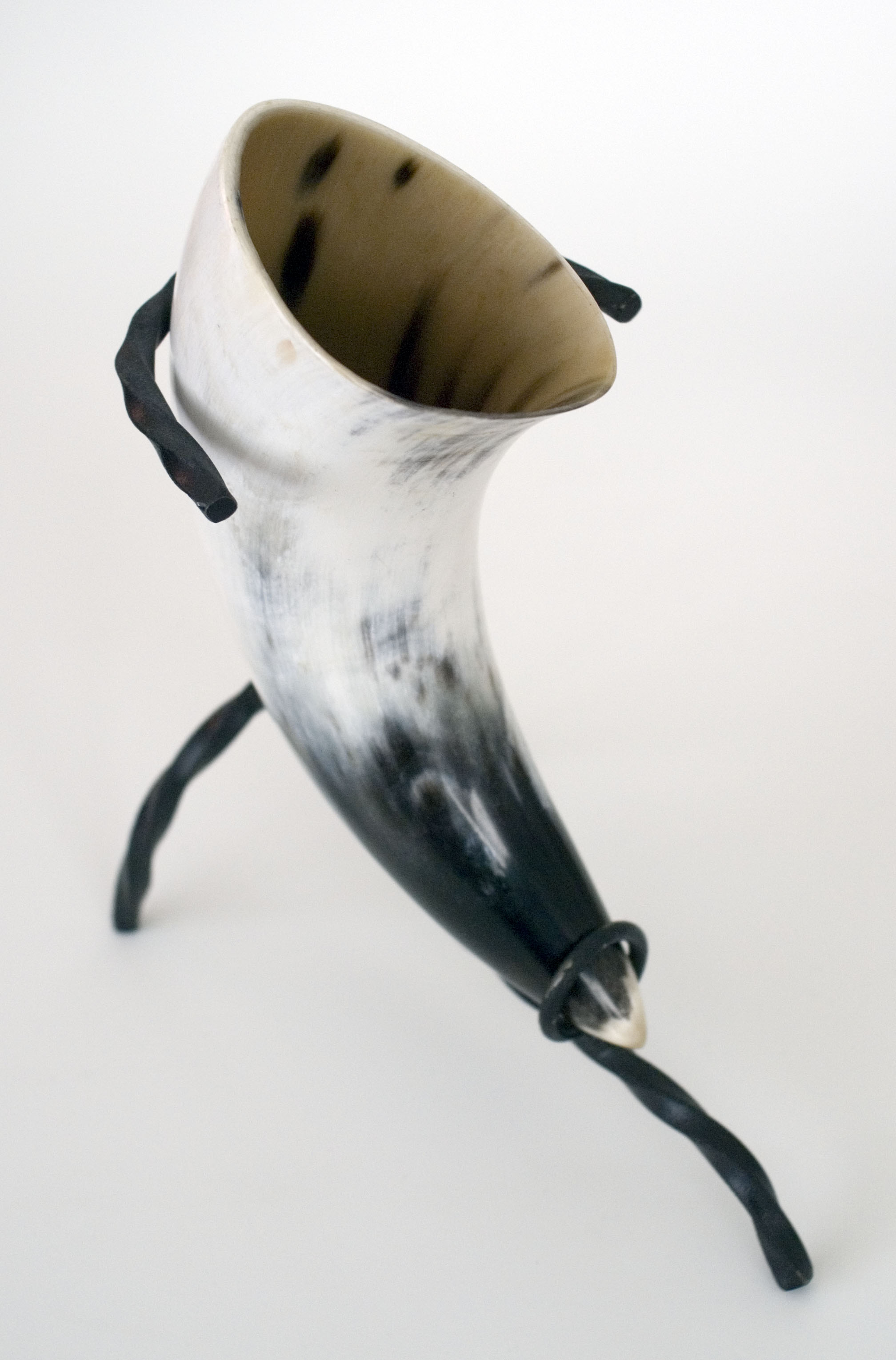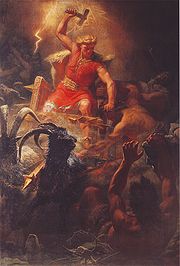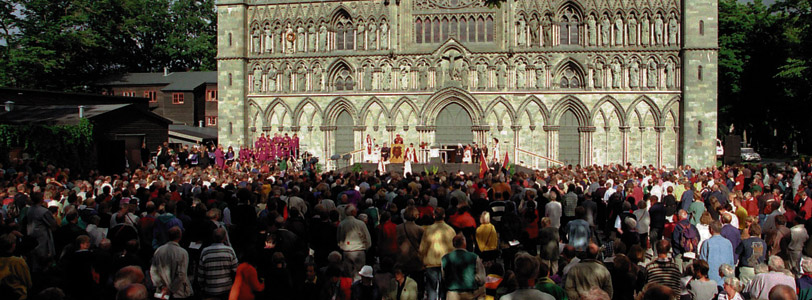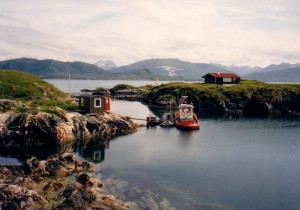October 9.
Leif Erikson arrived in the New World 500 years before Columbus. But you don’t hear any schoolchildren singing, ‘In 1002, Leif Erikson sailed the ocean blue.’

Leif was the son of Norseman Erik the Red. According to the Norse sagas, Erik’s family had been exiled from Norway because of his father’s part in some killings there.
In Iceland, Erik continued the family tradition by getting exiled from Iceland, after committing two separate murders. (One of the victims was a neighbor who refused to give Erik back his shovel.)
Rather than head east, Erik followed the sun, landing in a frozen wasteland he deceptively named “Greenland” to attract settlers. The ploy worked.
Small Norse settlements on Greenland survived over 400 years, although at no time did the Norse population surpass 5000. The last written record of the Norse settlement’s existence was from a wedding dated 1408.
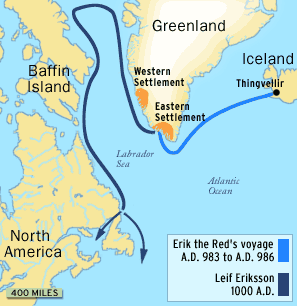
Leif’s father Erik was a pagan, his mother a Christian. Leif followed his mother’s religion, but carried on the male tradition—not of murder and banishment, but of heading west into the great unknown.
Leif had heard of a land to the west from a trader named Bjarni Herjolfsson, who had been blown off course on his way from Iceland to Greenland. Despite being the first European to site mainland North America, Herjolfsson was too anxious to get to Greenland to even make a pitstop. Had he been more patient, we might be celebrating Bjarni Herjolfsson Day today, but as it was, Bjarni passed word onto Leif, who gathered men to explore.
According to the sagas, Leif and his followers founded three North American settlements: Helluland (land of flat stones), Markland (forest land) and Vinland (meadow land.) But none of the settlements reached the size or longevity of Greenland, and knowledge of the existence of the land disappeared for centuries.
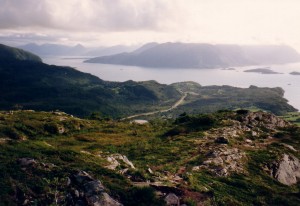
In the 1960s archaeologists excavated the remains of a Norse settlement at L’Anse aux Meadows in Newfoundland, the first conclusive proof of Viking settlement in mainland North America.
In 1963 Congress declared October 9 “Leif Erikson Day,” following the lead of states like Wisconsin and Minnesota. October 9th isn’t actually Leif’s birthday, or the day he discovered North America. Nope, October 9th marks the anniversary of the arrival of the “Sloopers,”–early Norwegian immigrants to the U.S.–in New York Harbor aboard the ship Restauration, in 1825, following in the ancient wake of their daring westbound ancestor.

To all my Norwegian friends, Uff da! This day’s for you.



